Carbon monoxide detector purchasing advice: how to choose the right product
- The most important facts in brief
- Carbon monoxide detectors protect in bedrooms and boiler rooms against the silent danger of deadly CO poisoning, which is becoming increasingly common.
- Only devices certified according to DIN EN 50291 guarantee reliable operation.
- Regular checks of battery charge, functional readiness and replacement date are mandatory; at best, a fully automatic device takes care of this itself.
- CO detectors are a useful addition to the mandatory smoke detectors, but they cannot replace them.
Deadly danger in the room: the CO detector warns in time
A carbon monoxide detector can be a lifesaver, because it warns loudly of dangerous concentrations of carbon monoxide; the “silent killer” has been in the news more and more in the last ten years. Increasingly, the media are reporting on tragic, sometimes fatal poisonings in closed rooms. The most frequent causes include defects, negligence or simply ignorance in dealing with combustion processes. Carbon monoxide is produced during the combustion of carbon-containing fuels, especially in the case of incomplete combustion with a lack of oxygen or a poor flue.
Carbon monoxide is responsible for over 50 per cent of all fatal poisonings worldwide. The Federal Institute for Risk Assessment evaluated a total of about 500 reported indoor poisoning cases in 2015. The most common sources of danger: Barbecues, flue gas and fires, improper heating of all kinds (for example with gas heaters, gas mushroom heaters, instantaneous water heaters, stoves, fireplaces), combustion engines (for example of vehicles, go-carts and devices such as chainsaws and co.) and water pipes (for example in shisha bars). If one also takes into account reports of smoke poisoning, the real figures are probably at least five times higher.
Statistics: According to the German Federal Statistical Office, the number of fatal poisonings caused by carbon monoxide more than doubled each year between 2009 and 2016, after having declined since 2002.
Why carbon monoxide is so dangerous
Carbon monoxide is so similar to the vital oxygen that it binds even more strongly to the red blood pigment haemoglobin, thereby displacing the oxygen more and more and releasing itself from this bond only with great difficulty. The body suffocates, depending on the concentration for days or hours, and must be immediately ventilated with pure oxygen. Even if it recovers, brain and heart damage often remains. Even many years of lower doses cause permanent damage. Even at significantly less than one percent by volume in the air, death occurs within a few minutes and any help comes too late.
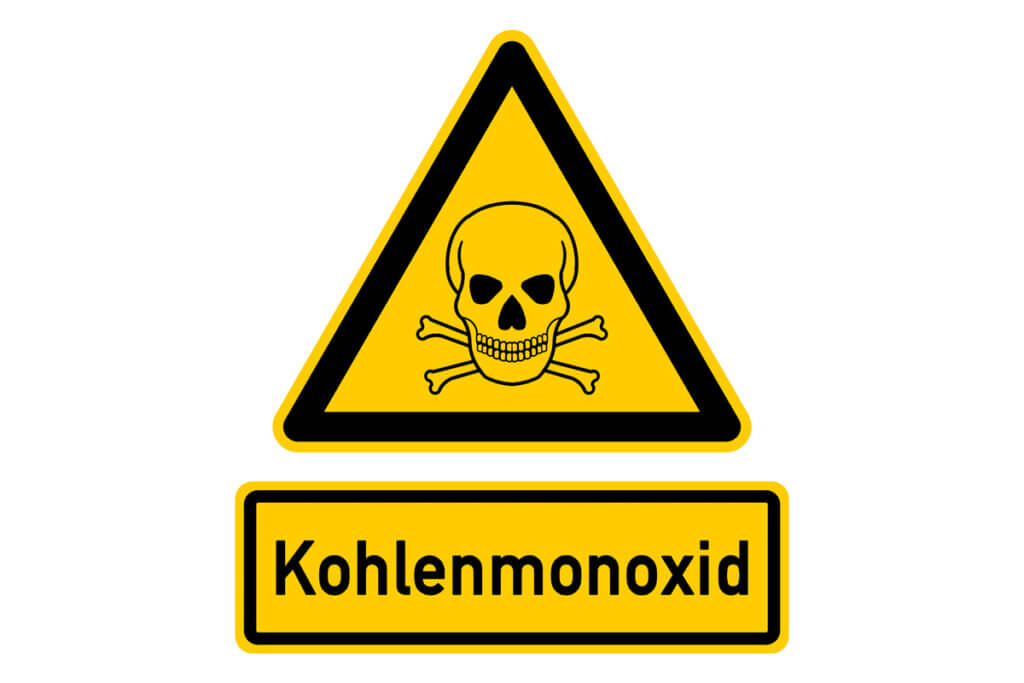
The insidious thing about carbon monoxide is that it is not perceptible through the senses. It does not smell, it does not taste, it does not irritate the respiratory tract, and it is invisible. The onset of poisoning can be noticed quite unspecifically by fatigue and tiredness, impaired vision, headaches and malaise. This is followed by dizziness, clouded consciousness, limpness, then loss of consciousness and collapse. The next level is deep unconsciousness, paralysis and low body temperature.
Carbon monoxide detectors are highly recommended in view of the many sources of danger in the home, cellar, caravan and other rooms. In some countries they are already mandatory, while in this country only smoke detectors are obligatory. It should be noted that the treacherous carbon monoxide is not detected by smoke detectors – a potentially fatal gap that can be closed with little effort.
Detectors for CO, CO2, smoke, fumes, gas – what’s the difference?
Carbon monoxide is a frequent companion of smoke and belongs to the so-called smoke gases, for each of which there are separate warning detectors. To make the right purchase decision, it is important to be aware of the differences between the various types of warning detectors and their respective purposes.
A smoke detector detects smoke particles in the air and usually works photoelectrically. Equipping rooms with smoke detectors is now compulsory almost everywhere in Germany and is a great help in preventing personal injury in the event of a fire. However, not every dangerous source of carbon monoxide also produces smoke, so additional CO warning detectors offer even better protection.
The gas carbon monoxide, CO for short, is not to be confused with the greenhouse gas carbon dioxide (CO2). Both are produced during the combustion of carbon-containing substances. However, the extent and health hazards are quite different. Carbon dioxide is heavier than air and only leads to poisoning and permanent damage in much higher concentrations. Carbon monoxide is lighter, and even low concentrations can be dangerous. CO2 detectors play an important role in areas with higher danger – keyword cave gas – and are often part of a controlled ventilation system, for example in rooms with many people (schools), the catering industry (gas of the tapping plants) and in plants for fermentation processes (for example slurry tanks, biogas plants, wineries and breweries), in which a particularly high amount of carbon dioxide is produced.
Fire gas or smoke gas detectors detect a whole mixture of substances that make up the smoke gas. In addition to CO and CO2, these also include hydrogen chloride, nitrogen oxides, dioxins and many other poisons. If the critical threshold value of any of these substances is exceeded, the smoke detector triggers an alarm. These devices are elaborate high-tech multi-measurement systems and are not intended for domestic use.
Gas detectors are designed for safety when dealing with explosive fuel gases such as methane (natural gas, town gas), butane or propane and warn of leaks near the gas boiler, gas cooker and butane or propane gas cooker.
The operating principle of all CO detectors
The sensor is an electrochemical detector based on tin dioxide SnO2. This metallic semiconductor accumulates oxygen, which oxidises carbon monoxide very quickly to CO2. In the process, tin dioxide changes its conductivity. The change in resistance is a measure of the concentration of the gas in the ambient air. If a concentration that is hazardous to health is detected over a certain period of time, a visual (flashing light) and acoustic alarm is triggered – the higher the concentration, the earlier the warning.
Important: All CO detectors approved in the EU must comply with the European standard DIN EN 50291, which specifies the minimum requirements for the underlying threshold values:
Alarm triggering after 60 to 90 minutes at carbon monoxide concentration of 50 ppm.
Alarm triggering after 10 to 40 minutes at a carbon monoxide concentration of 100 ppm
Alarm triggering within 3 minutes at a carbon monoxide concentration of 300 ppm.
The abbreviation “ppm” stands for “parts per million”. 1000 ppm correspond to 0.1 percent.
The functionality of the tin dioxide detector is limited in time, because the metal oxide begins to “age” from the date of manufacture. Each manufacturer guarantees full function until a certain date. Once it occurs, the entire device must be discarded.
Standard carbon monoxide warning detector: Reliable basic function
The basic function of a carbon monoxide detector, CO measurement as well as visual and acoustic alarm, is defined by the standard DIN EN 50291. A certificate according to this standard is a must if the risk of false alarms, missing warning function and short service life is to be minimised. Unfortunately, this is often not the case with no-name imported goods from the Far East.
In its compact housing, a basic CO detector looks quite similar to a smoke detector. It is usually battery-operated and can be set up flexibly or permanently mounted on the wall. No special craftsmanship is required for installation; usually two to three screws and suitable wall plugs are included with the device.
As a rule, it can cover about 40 square metres and is thus suitable for the vast majority of room sizes. With an alarm volume of at least 80 decibels, it achieves its goal of warning even sleeping people in time. The consumer must remember to check the batteries, the expiry date and the functionality himself.
The advantages and disadvantages of a standard carbon monoxide alarm at a glance:
Pro points
- robust basic function
- uncomplicated handling
- no control units, no light sources
- suitable for light-sensitive people in bedrooms
- reasonably priced
Drawbacks
- no display of measured values
- Functional readiness uncertain without test button
- Checking the battery charge is cumbersome
- No reminder function for expiry of maximum usage time
CO warning detector with additional features
A warning detector with LCD display – with or without illumination – shows the measured CO concentration continuously in ppm. This allows people in the viewing area to take a look at the current measured values at any time, follow concentration trends and intervene in advance in the event of an increase: Open windows and doors, warn others present and leave the room.
Even more insight is provided by a memory for maximum values or progressions. A memory function, for example, can be helpful in retrospect if the source of carbon monoxide could not be located immediately.
A larger detection area of up to 60 square metres and a higher warning volume of 85 decibels are useful if the premises are somewhat more spacious and the alarm should also be audible in neighbouring rooms. For the vast majority of good devices, 85 decibels is standard; an even greater range is rare.
Some users prefer not to receive a warning only at the already health-critical standard thresholds and times. Prewarning levels that allow early action to be taken are a good additional function in this case.
Indicators, LEDs or test buttons for battery charge level, functional readiness and sensor life are not only convenient, but can significantly increase safety. Electronic carbon monoxide detectors are particularly convenient because they monitor themselves fully automatically and report if human intervention is required, such as when a battery needs to be changed. On the other hand, luminous and continuously flashing devices in the bedroom are not to everyone’s taste.
Some newer CO detectors can detect more than carbon monoxide. An integrated smoke alarm can be quite useful, but such combination devices must be installed at ceiling height, which is why there is no need for a display. In flats with particularly high ceilings, however, CO detection up there is of little help if the gas tends to escape near the floor or head. These hybrid CO warning devices must also comply with the standards for smoke detectors (DIN EN 14604 and application standard DIN 14676).
Detectors with a radio module can be wirelessly networked and transmit the alarm so that it can be perceived across several walls. This is useful in buildings with several floors or large areas – or for people who cannot hear well.
Current top devices are now also smart. They warn the user via voice output and app even when they are on the move. The alarm can also be switched off remotely from a smartphone or tablet. Smart home capability and networkability with other devices such as cameras are also already provided for.
The most important buying criteria
Before buying a carbon monoxide detector, you need to think about the functionality. In the following, the focus is on the features that are essential for reliable operation.
Placement and range
It makes sense for the detector to have devices for correct placement in the room and recommendations for this in the operating instructions. Since carbon monoxide is only slightly lighter than air, the detector should not be mounted close to the floor or directly under the ceiling, but preferably at head height. Many devices can therefore be set up flexibly or mounted on the wall. A height of about 1.5 metres is often recommended so that they can be read and checked easily and monitor the CO air concentration at the relevant height.
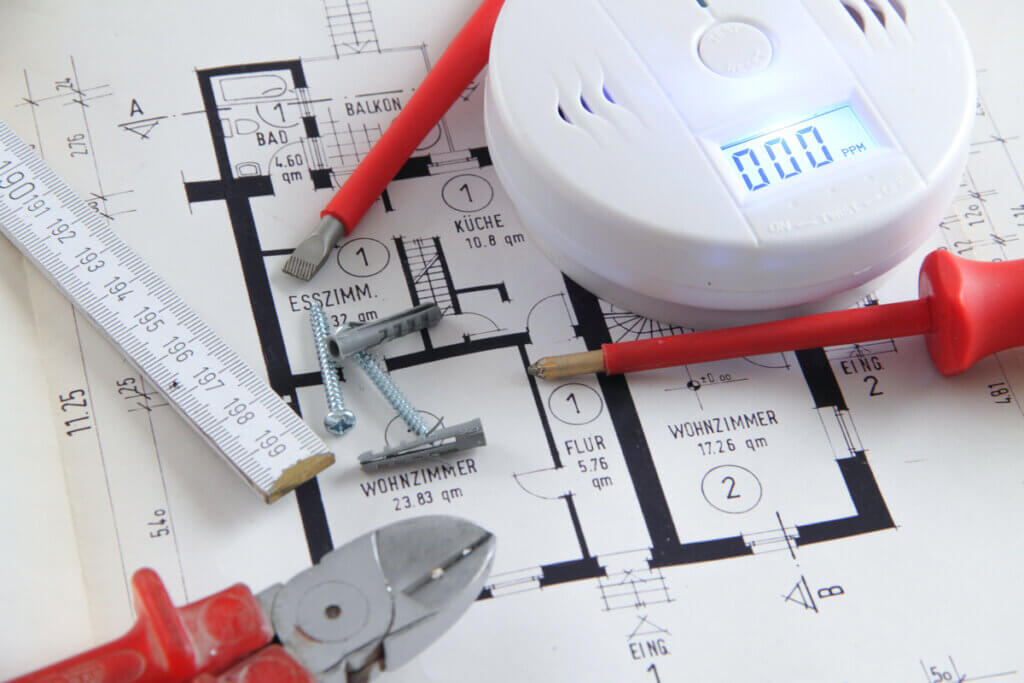
In addition, the units have detection areas of different sizes, ranging from about 40 to 60 square metres, and must be positioned at a certain distance from a CO source (often two metres) to avoid frequent false alarms. Further tips and standard specifications for installation can be found in the chapter on operating instructions.
Maximum usable life
Since the service life of the electrochemical sensor is limited due to its design, CO detectors are marked with a date indicating the maximum useful life, ranging from three to ten years, which is also reflected in the purchase price accordingly. After that, the device must be replaced by a new one, regardless of whether it has spent three years idle in the warehouse or has done its job. Therefore, it is advisable to check the “expiry date” already at the time of purchase. In the case of the simple basic model, the consumer has to take care of a reminder of the said date himself. Other detectors are more convenient: they display the replacement date at the push of a button or report it in good time.
Power supply
Batteries or rechargeable batteries are almost always used as the power source – sometimes included in the purchase price, sometimes purchased separately. These can be simple AA alkaline cells, a 9V monobloc or, ideally, a long-life lithium battery. Li batteries are usually permanently installed, are completely sufficient for the guaranteed service life and save having to replace them. Some devices rely on rechargeable NiMH batteries. Lithium-ion batteries are now also used in high-quality multifunctional devices. In general, battery operation is somewhat more expensive in the long run than operation with rechargeable batteries, whose acquisition costs are higher.
In any case, it is advisable to check the charge status of the power supply at any time: by LED, signal button or, even better, by means of a display. After all, what is the use of an alarm that is running out of power and does not alert you in time?
Function test
The same applies to the possibility of checking whether the device is ready for operation. Good CO detectors have a function check button or something similar that triggers a weakened alarm when pressed and can be silenced again immediately. Fully electronic high-end versions carry out regular self-tests all by themselves – up to several hundred times a day.
Warranty
If something is wrong with the carbon monoxide detector, a generous manufacturer’s warranty will help in case of doubt after the statutory warranty has expired. This also says a lot about the quality of the warning device. The terms range from two to ten years.
The following points must be observed when installing and operating carbon monoxide detectors
According to the application standard DIN EN 50292, a CO warning detector should be installed in each of the following rooms:
- Room with combustion equipment
- Bedroom
- Recreation room
In bedrooms and recreation rooms, the standard recommends installation at breathing height.
False alarms and the absence of an alarm
Not near fresh air supply.
More than 2 metres from the extractor hood
About 2 metres away from the combustion appliance
Rather not in damp rooms
No strong temperature fluctuations
Free in the room, not behind objects or curtains
False alarms or the opposite, the absence of the warning, can also be avoided by correct placement:
Depending on the appliance equipment, you may have to check the functionality regularly.
At the end of the guaranteed useful life, the appliance must be replaced with a brand new one. Buying in stock, a used CO detector or a CO detector that has been stored for a long time will not bring any advantage.

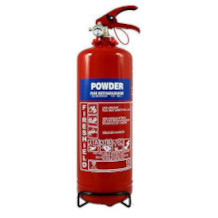
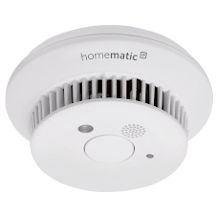
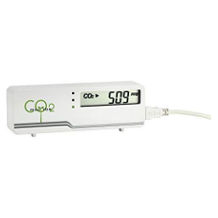
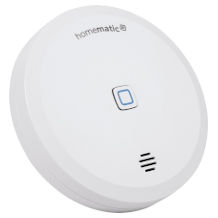
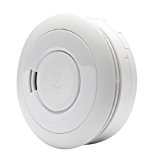
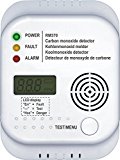
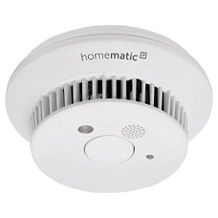

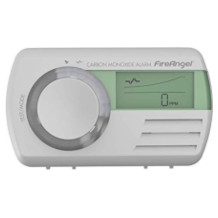
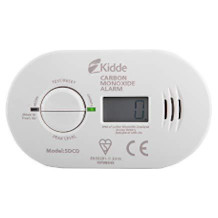
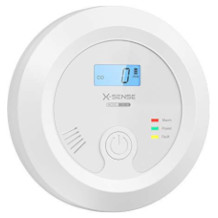

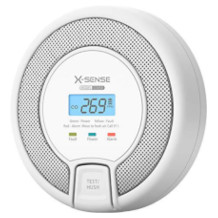
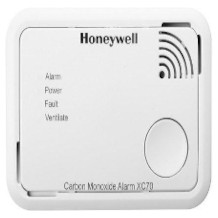

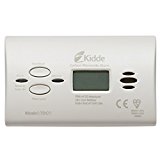


 16,777 reviews
16,777 reviews
